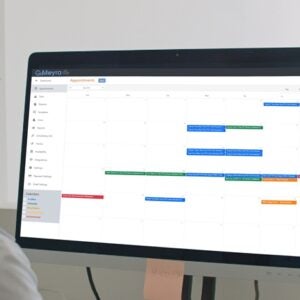The Verax filing seeks to expand the product’s current claims to include platelets stored in Additive Solution (PAS) and Pre-Storage Pooled (or Acrodose) platelets.
If cleared by the FDA for these platelet types, this would make Verax Biomedical’s Platelet PGD Test the only day of transfusion test validated for all FDA approved platelet types currently transfused in the United States.
The test is already the only day of transfusion bacterial detection test cleared by the FDA with a Safety Measure claim which was validated with clinical population performance data.
"We’re very pleased to successfully conclude these key studies and make this filing" said Jim Lousararian, CEO of Verax.
"While PAS platelets and Pre-Storage Pooled platelets represent a small portion of the platelet inventory today, this filing positions us to have a testing solution for these critical components of the platelet inventory going forward as the use of these platelet types expands."
The filing follows on the heels of a change in the Platelet PGD Tests package insert that allows it to be used through the expiration date of the platelet being tested. The labeling previously limited use of the test to platelets dated 5 days or less.
This label change has already been implemented, opening the door to use of PGD on platelets with dating greater than 5 days if or when the FDA chooses to allow an extension of platelet dating beyond the current 5 day limit.
The Verax Platelet PGD test is a rapid immunoassay that detects antigens present on the surface of bacteria. It is used at the point of care, usually a hospital transfusion service laboratory, within 24-hours of transfusion when bacteria, if present, will be at higher levels and of greatest danger to patients.
The test was cleared by FDA in 2007 for detecting bacterial contamination in leukoreduced apheresis platelets and in 2009 for use with whole-blood derived platelets. In 2011, the FDA cleared the test as a "Safety Measure" for leukoreduced apheresis platelets. All other bacterial contamination tests for platelets currently cleared by the FDA are cleared only as Quality Control tests.



